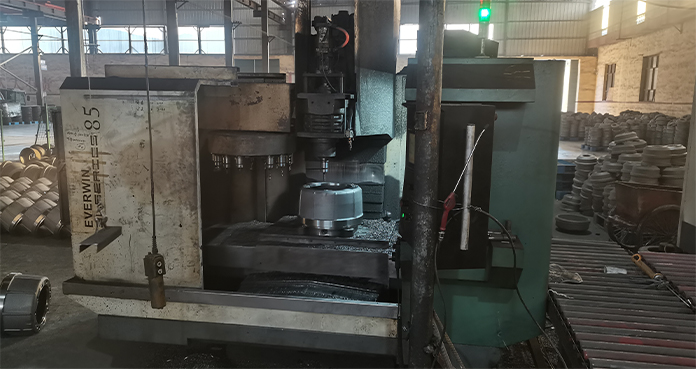Nov . 26, 2024 00:11 Back to list
How to Successfully Rebuild Your Brake Drum for Optimal Performance
Rebuilding Brake Drums A Comprehensive Guide
When it comes to vehicle safety, the braking system is paramount. Among its components, the brake drum plays a crucial role in ensuring effective stopping power. Over time, these drums can wear out or become damaged, leading to decreased performance. Rebuilding brake drums is not only an economical solution but also a way to ensure your vehicle is safe and reliable. This article provides a comprehensive guide to understanding the process and benefits of brake drum rebuilding.
Understanding Brake Drums
Brake drums are cylindrical components that house the brake shoes and are vital in drum brake systems. When the brake pedal is engaged, hydraulic pressure forces the brake shoes against the inside of the drum, creating friction that slows the vehicle down. Over time, due to heat, wear, and corrosion, these drums can become warped or develop grooves, which affect their performance. Instead of replacing a damaged drum altogether, rebuilding can restore its function and extend its lifespan.
Signs That Your Brake Drums Need Rebuilding
Before you decide to rebuild your brake drums, it’s important to recognize the signs of wear
. Common indicators include1. Squeaking or Grinding Noises Unusual sounds when braking can suggest worn-out brake shoes or damaged drums. 2. Vibration When Braking If you experience shaking or vibration in the steering wheel, it could indicate warped brake drums. 3. Reduced Braking Performance A noticeable decrease in stopping power warrants a closer examination of the brake system. 4. Visual Damage Inspect the drums for cracks, deep grooves, or discoloration indicating overheating.
The Rebuilding Process
Rebuilding brake drums involves several steps to restore them to optimal condition. Here’s an overview of the process
brake drum rebuild

1. Remove the Brake Drum Begin by loosening the wheel lug nuts and safely lifting the vehicle. Remove the wheel, then unfasten and take off the brake drum.
2. Inspect for Damage Carefully examine the drum for any signs of wear, cracks, or burnt spots. Use a micrometer to check the drum's thickness and ensure it meets the manufacturer’s specifications.
3. Machine the Drums If the drums are warped or have minor grooves, they can be machined to achieve a smooth surface. This process involves using a lathe to shave off a thin layer of material, evenly restoring the drum's shape.
4. Clean and Paint After machining, clean the drums thoroughly to remove any debris or dust. Applying a high-temperature paint can help prevent corrosion and improve durability.
5. Reassemble With the drum in its optimal state, reassemble the braking system, ensuring all components are aligned and functioning properly.
6. Test Drive Finally, take the vehicle for a test drive to ensure that the brakes operate smoothly and effectively.
Benefits of Rebuilding Brake Drums
Rebuilding brake drums offers numerous advantages. Firstly, it is often more cost-effective than purchasing new ones. Secondly, the process reduces waste, making it an environmentally friendly option. Additionally, rebuilt drums can perform comparably to new ones when done correctly, providing safety and reliability.
In conclusion, rebuilding brake drums is an excellent maintenance practice that enhances vehicle safety and extends the lifespan of your braking system. By keeping an eye on the signs of wear and following the rebuilding process, you can ensure that your brakes remain in top condition, providing peace of mind on the road.
-
Brake Drum Man - High-Quality Drum Brake Drums & Brake Shoes for Reliable Performance
NewsJun.24,2025
-
High-Quality Brake Drum Kamaz – Durable Drum Brake Drum & Brake Shoe Replacement
NewsJun.10,2025
-
High-Quality Brake Drum Liza for Drum Brake Systems - Superior Durability and Performance
NewsJun.10,2025
-
High-Quality Brake Drum Kamaz – Durable Drum Brake Drum & Brake Shoe Solutions
NewsJun.10,2025
-
Durable Kamaz Brake Drums High-Performance Truck Parts
NewsJun.09,2025
-
Premium Brake Drum Maz Kit with Shoes Enhanced Braking
NewsJun.09,2025
